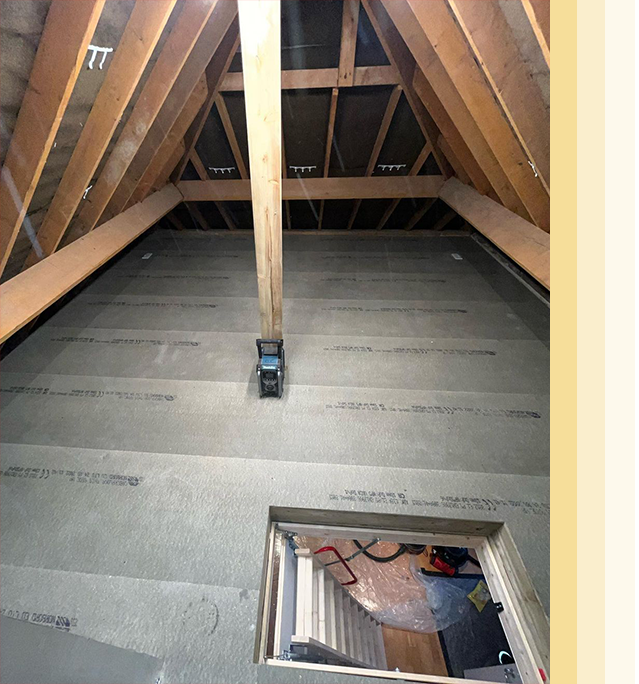Discover how plastering stilts can revolutionize your plastering workflow and boost efficiency – but are they really worth the investment for your business?
Understanding Plastering Stilts: The Basics
Modern plastering stilts have evolved significantly from their earlier counterparts, offering plasterers unprecedented access to high-level work areas. These professional-grade tools typically feature adjustable height settings ranging from 15 to 40 inches, with most quality models offering smooth adjustment mechanisms for precise height control. Contemporary stilts are engineered with lightweight yet durable materials like aircraft-grade aluminium, making them both sturdy and manageable for daily use.
- Dual spring-loaded strut mechanisms for enhanced stability
- Quick-release height adjustment systems (15-40 inch range)
- Non-slip foot plates with replaceable grip surfaces
- Padded Velcro leg straps for improved comfort and security
- Weight capacity ratings typically between 225-400 lbs
The Professional Benefits of Using Plastering Stilts
The adoption of plastering stilts can significantly transform workflow efficiency and project outcomes. Recent industry studies suggest that using stilts can increase ceiling work productivity by up to 40% compared to traditional methods. This impressive boost in efficiency stems from reduced setup time and improved mobility across work areas. Plasterers using stilts report completing ceiling jobs in approximately two-thirds of the time required when using conventional scaffolding or platforms. The elevated working position also allows for better sight lines and more consistent application pressure, resulting in superior finish quality.
- Eliminates constant repositioning of scaffolding or platforms
- Enables continuous work flow across large ceiling areas
- Reduces physical strain from constant climbing and descending
- Provides better angle visibility for detailed finishing work
Important Safety Considerations and Legal Requirements
In the UK, the use of plastering stilts is permitted under HSE guidelines, but strict safety protocols must be followed. According to recent HSE statistics, proper training and adherence to safety guidelines have resulted in a significant reduction in stilt-related incidents over the past decade. However, it’s crucial to understand and implement all necessary safety measures and legal requirements.
- Mandatory risk assessments before stilt use on any project
- Clear working area requirements – free from obstacles and debris
- Maximum working height restrictions as per HSE guidelines
- Requirement for second person presence during stilt work
- Regular equipment inspection and maintenance protocols
Cost Analysis: Breaking Down the Investment
When considering the investment in plastering stilts, it’s essential to examine both direct and indirect costs. Quality professional-grade stilts typically range from £150 to £500, with premium models from manufacturers like Marshalltown commanding higher prices. However, the real value proposition lies in the potential return on investment. Based on current market rates, a professional plasterer charging £200 per day could potentially complete ceiling jobs 30-40% faster, translating to significant additional earning potential.
- Initial investment: £150-£500 for professional-grade stilts
- Annual maintenance costs: approximately £50-£100
- Potential time savings: 2-3 hours per day on ceiling work
- ROI timeline: typically 2-3 months for regular users
Alternative Solutions to Consider
While plastering stilts offer numerous advantages, it’s worth examining alternative solutions for high-level work. Traditional methods and modern alternatives each have their place in different scenarios, and the choice often depends on specific project requirements and personal preference.
- Hop-ups and platforms (£80-£200): Ideal for lower height work
- Mobile scaffolding towers (£500-£1,500): Better for extensive high-level work
- Extension poles and tools (£100-£300): Good for specific applications
- Traditional scaffolding: Suitable for large-scale commercial projects
Making the Right Decision for Your Business
The decision to invest in plastering stilts should be based on a thorough analysis of your business needs and working patterns. For established plasterers handling regular ceiling work, stilts can provide a significant competitive advantage. However, smaller operations or those primarily focused on wall plastering might find alternative solutions more suitable.
- Consider your typical project types and ceiling work frequency
- Evaluate your physical fitness and comfort with height work
- Assess your current equipment and potential integration
- Calculate potential ROI based on your specific business model
Conclusion: The Bottom Line on Plastering Stilts
Based on our comprehensive analysis, plastering stilts represent a worthwhile investment for most professional plasterers who regularly undertake ceiling work. With potential productivity gains of 30-40% and a relatively quick ROI period of 2-3 months, the financial case is compelling. However, success with stilts depends on proper training, strict adherence to safety protocols, and regular maintenance. For those considering the investment, we recommend starting with mid-range models from reputable manufacturers and gradually upgrading as proficiency and business demands increase. Remember that while stilts can significantly enhance efficiency, they should be part of a broader toolkit that includes traditional methods and alternative solutions for different project requirements.
FAQ
How to put stilts on for beginners?
And then I start with my legs. First. And then do. My. Little I can’t think what it’s called strap i know it’s called strap just And then you’re going to do your feet. Do them pretty tight.
Are drywall stilts legal?
The Occupational Safety and Health Regulations for Construction do not specifically require the use of stilts. We would recommend that stilts adjustable from approximately 12 inches to 36 inches be used in accordance with the manufacturer’s recommendations.
Sources
[1] https://www.plasterersforum.com/threads/stilts.86672/
[2] https://www.youtube.com/watch?v=iqd7_flUuf8
[3] https://www.youtube.com/watch?v=gk-iIIbaCMQ

